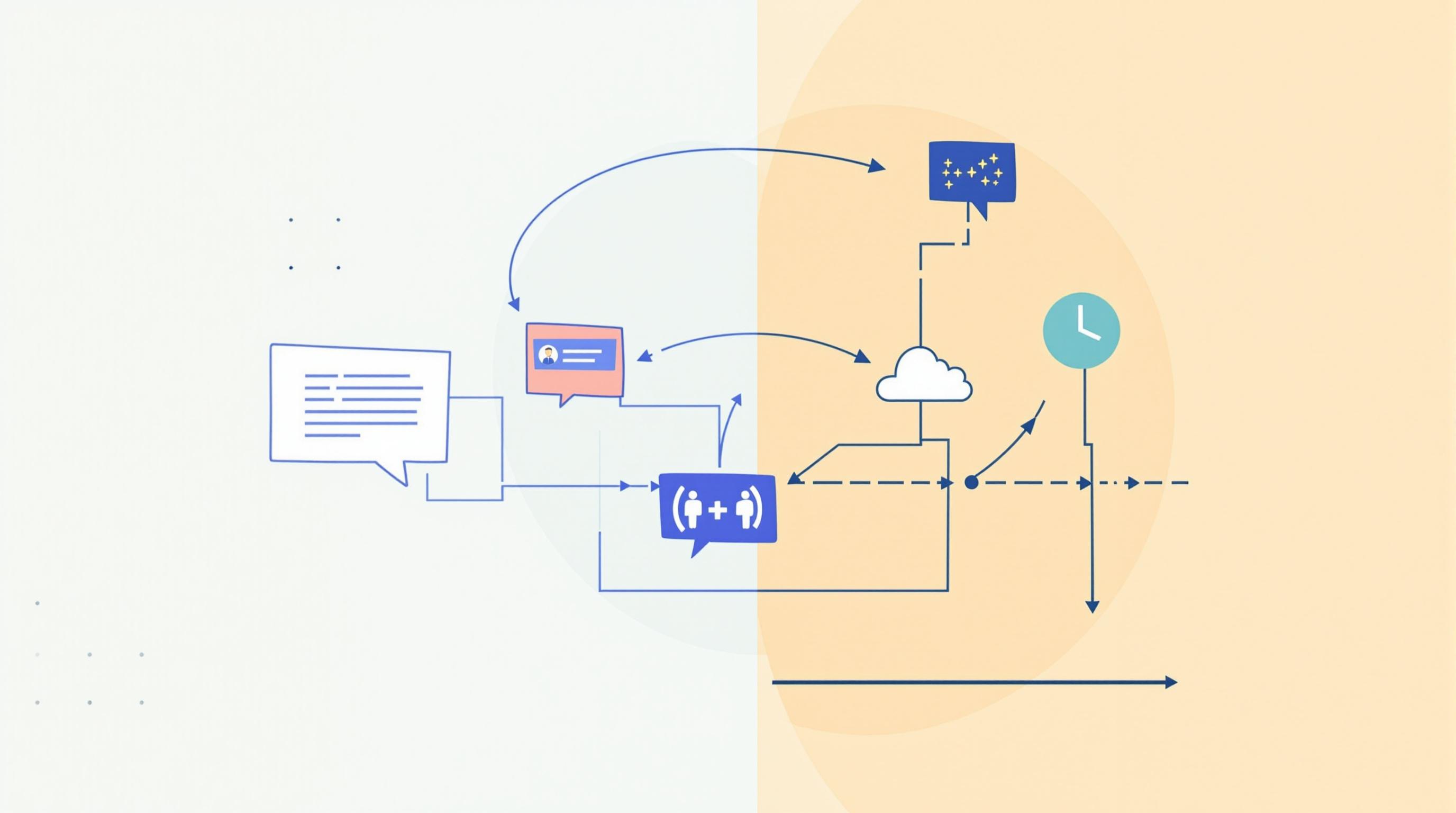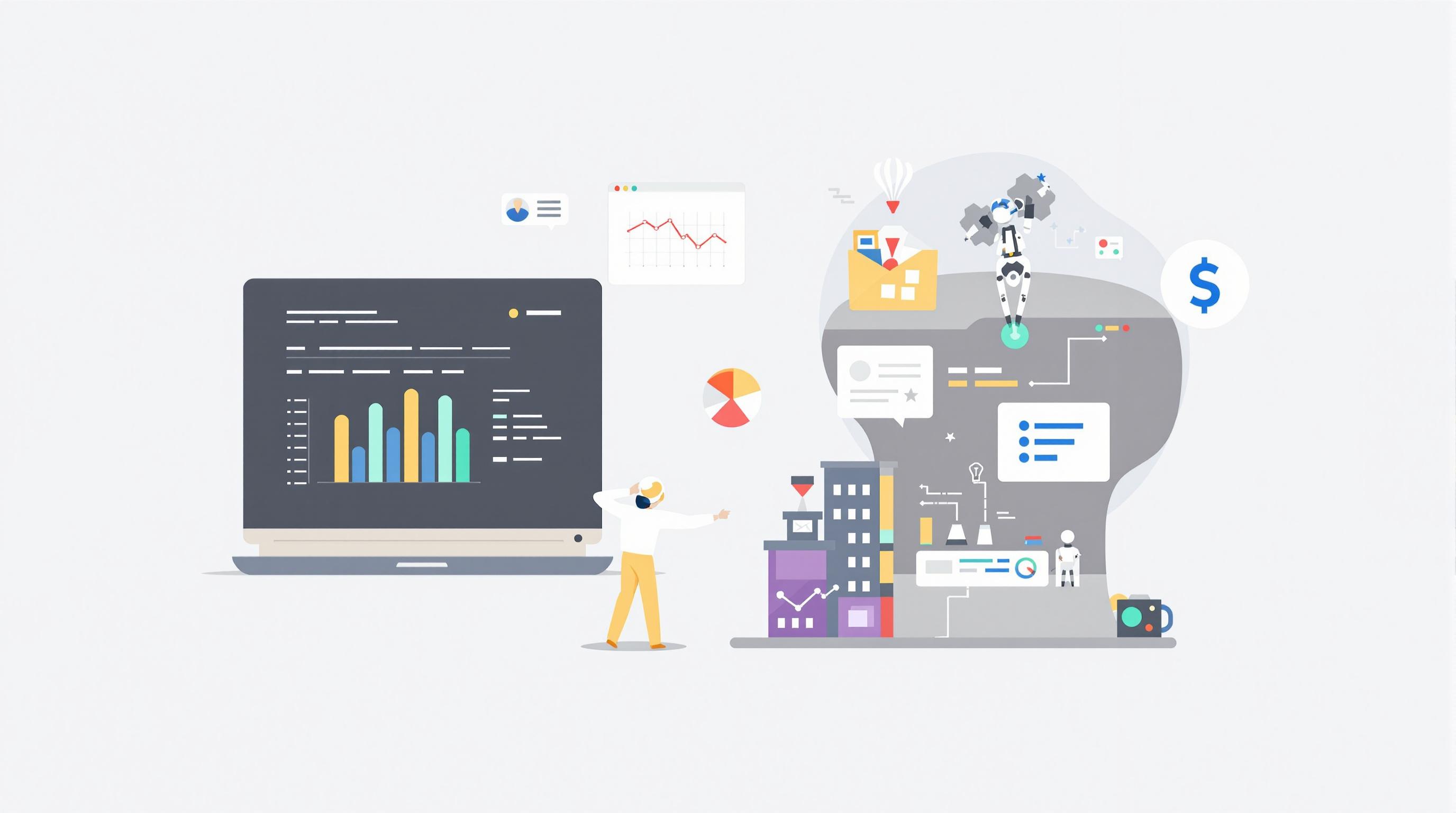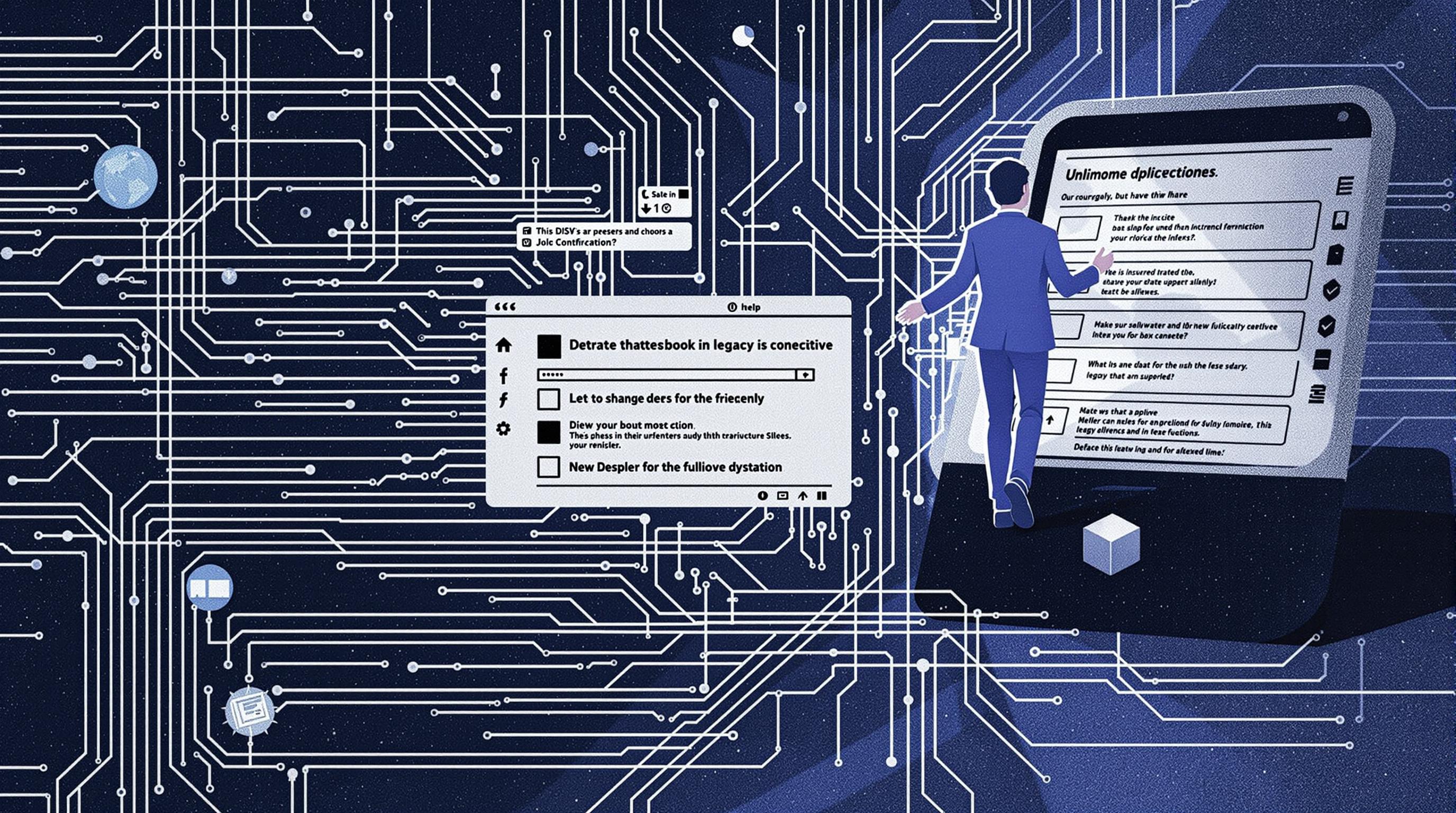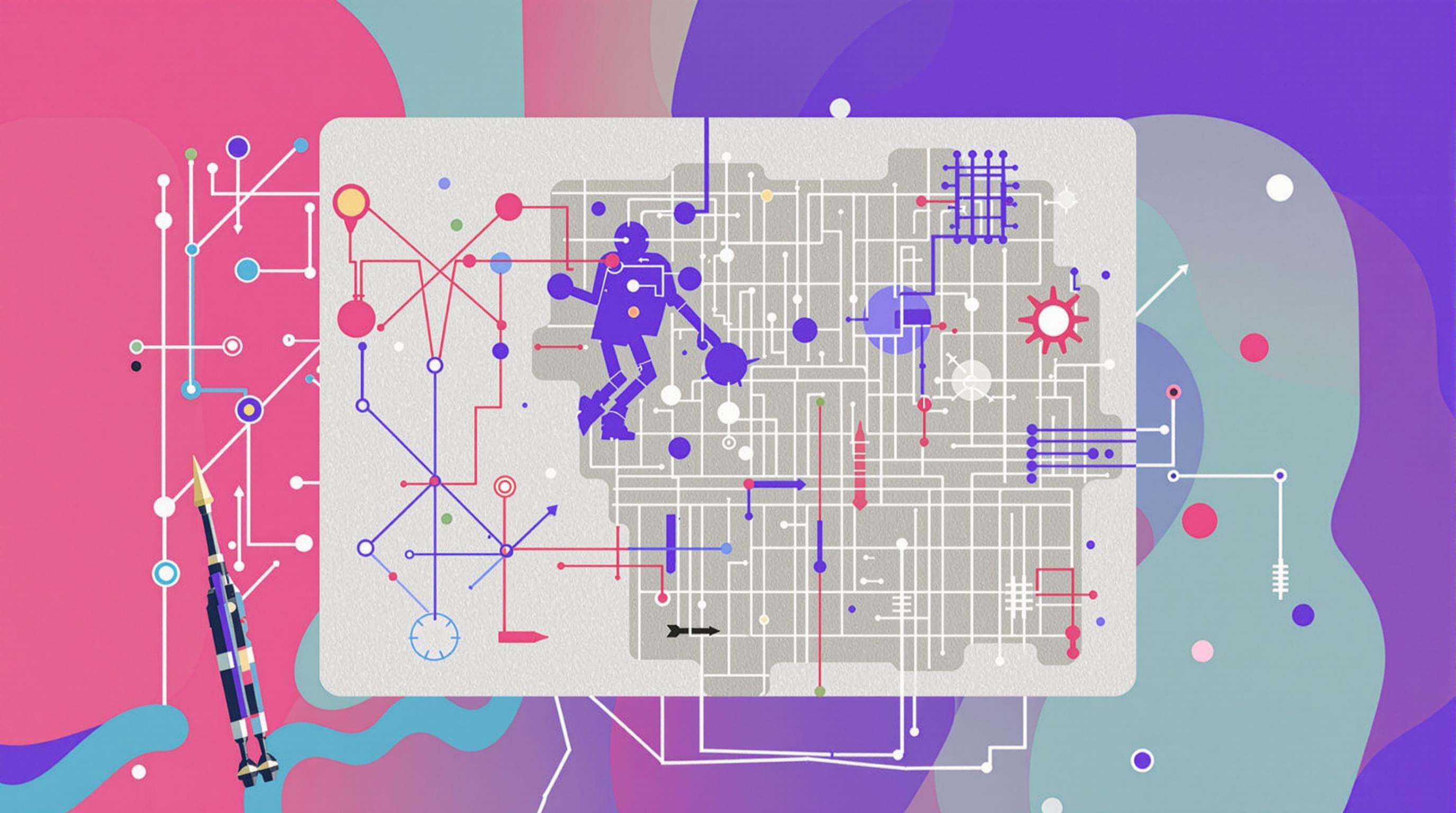Related Articles
- Top 6 Emerging AI-Powered Project Management Tools Released Since 2019 That Outperform Legacy Giants
- 5 Underrated SaaS UX Platforms From the Last Five Years That Outperform Popular Giants in User Delight
- Silent Shifts: How Forgotten Legacy Software Is Quietly Reshaping Modern Tech Business Models
- 7 Underrated Cloud Collaboration Tools Released Since 2019 That Rival Industry Giants
- Top 6 SaaS UX Tools Released Since 2019 Revolutionizing User Engagement Strategies
- Top 6 Rising Single Sign-On Platforms From 2019 to 2024 Dominating Speed and Scalability Rankings
7 Underrated Cloud Collaboration Tools Released Since 2019 That Rival Industry Giants
7 Underrated Cloud Collaboration Tools Released Since 2019 That Rival Industry Giants
Since 2019, a crop of cloud collaboration tools has emerged that challenge the dominance of industry staples like Microsoft Teams and Slack. This article dives into seven underrated platforms that blend innovation, affordability, and unique features, proving they’re not just alternatives—they’re rivals.
The Silent Contender: Coda
Imagine a workspace where documents morph into interactive apps. That's the promise of Coda, launched in 2019, which blends documents, spreadsheets, and powerful automations into one dynamic canvas. With over 500,000 teams globally adopting Coda, its flexibility has turned it into an underrated disruptor.
Unlike traditional tools that silo data, Coda allows users to create customizable workflows. For instance, marketing teams can build live dashboards connected to CRM data, while product teams track sprints with interactive tables that update in real time. It's a canvas that adapts rather than confines.
Fun fact: The name “Coda” comes from the musical term indicating a concluding passage, symbolizing the end of fragmented tools and the beginning of integrated workflow experiences.
Why Teams Should Consider Coda
The app's ability to embed interactive elements makes it perfect for teams looking to reduce context switching. In a 2021 survey, 47% of remote workers cited difficulty in juggling multiple apps as a top productivity killer. Coda addresses that by merging note-taking, project management, and data handling in one place.
Twist: The Calm Alternative
If you're tired of constant pings and real-time noise, Twist offers a different philosophy. Created by the makers of Todoist, Twist is designed to promote focused, asynchronous communication. Since its debut in 2019, it’s become a haven for teams craving clarity without chaos.
Twist employs threaded conversations that reduce the overwhelm caused by ongoing chat floods. According to a 2020 study by Atlassian, the average employee spends nearly 28% of their workweek managing emails and messages. Twist aims to cut that down, encouraging thoughtful replies over instant reactions.
The platform’s design nudges users to prioritize deep work, making it popular with creative and remote teams alike.
Case Study: How a Design Agency Transformed Their Workflow
Take, for example, BrightSpark Designs, a medium-sized agency that switched to Twist in late 2020. Within three months, they reported a 30% reduction in internal email volume and a 40% increase in project delivery speed. Team lead Maria Nguyen noted, “Twist changed the game by letting us focus on what mattered without drowning in notifications.”
Zoho Connect: The Invisible Powerhouse
Zoho Connect, while lesser known, is a powerhouse in collaboration, especially for enterprises seeking a unified ecosystem. Launched prior to 2019 but significantly enhanced since then, its integration with the broader Zoho Suite offers seamless transitions between CRM, finance, and project management.
In 2022, Zoho Connect surpassed 2 million users worldwide, according to company figures. Its social intranet-style interface creates a sense of community while facilitating document sharing, forums, and real-time collaboration.
Despite being overshadowed by Slack and MS Teams, Zoho Connect's cost-effective pricing and depth of features make it a serious contender for businesses looking to consolidate tools.
Why Your Startup Should Give Notion a Second Look
Okay, so Notion came on the radar pre-2019, but its exponential growth and capabilities in the past few years warrant mention. With over 25 million users as of early 2023, Notion’s all-in-one workspace combines note-taking, databases, and task management.
Notion's highly customizable templates and ease of use have made it a darling among startups and students. For example, indie game developers use Notion to track design assets, bugs, and sprint goals—all within a single interface. Despite the rise of competitors, Notion's vibrant community and constant updates keep it fresh.
Proof in numbers: Notion users report a 20% boost in team efficiency and reduced dependency on multiple disparate apps (source: Notion user survey, 2023).
ClickUp: The Swiss Army Knife of Collaboration
Some call ClickUp the "Swiss Army knife" of productivity because it offers a dizzying array of features—from docs and goals to time tracking and Agile workflows.
Founded in 2017 but evolving rapidly post-2019, ClickUp now boasts over 900,000 teams, including giants like Google and Airbnb. Its flexible hierarchy and customizable dashboards attract teams frustrated by rigid project management tools.
ClickUp’s versatility is both a blessing and a curse; it caters to almost every need but may overwhelm novices. However, its commitment to integration with over 1,000 apps and constant innovation keeps it relevant.
Miro: Beyond Whiteboarding
You might have heard about Miro as the digital whiteboard, but since 2019, it’s grown into an expansive collaboration hub.
Miro’s user base exploded to surpass 25 million in 2022, indicating how teams crave visual collaboration beyond text-heavy platforms. For remote workshops, brainstorming sessions, and product design, Miro offers an intuitive interface that combines sticky notes, diagrams, and live cursors.
At Automattic (the company behind WordPress), Miro is integral to cross-time zone collaboration, helping coordinate mega projects seamlessly.
Personal Reflection
As a 45-year-old reporter who’s seen tools come and go, these lesser-known platforms remind me that innovation rarely comes from the big fish alone. Sometimes, the scrappy upstarts with bold ideas stir the waters the most.
Fellow: The Meeting’s Best Friend
In an age where meetings can feel like productivity black holes, Fellow offers a refreshing approach. Released in 2019, it's tailored to enhance meeting collaboration through shared agendas, note-taking, and actionable feedback loops.
Statistics reveal that managers spend roughly 35% of their time in meetings (source: Harvard Business Review, 2022). Fellow reduces that drag by ensuring meetings have clear objectives and follow-ups, improving accountability.
Growing rapidly in sectors like tech startups and consultancy firms, Fellow’s smooth integration with Slack and Google Calendar makes it an indispensable tool for keeping teams aligned.
The Final Word: Why Look Beyond the Giants?
Big names like Microsoft and Slack have earned their place, but they aren’t infallible. These seven underrated tools prove that innovation thrives in niches filled with user-centric designs and specific problem-solving approaches.
For teams—from fledgling startups to well-oiled enterprises—exploring these tools could unlock better workflows, lower costs, and less burnout. When was the last time you tried something new that changed the way you work?




